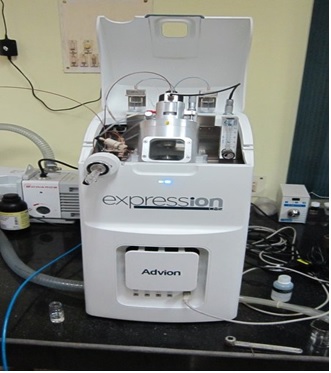Welcome, Saturday , Dec , 06 , 2025 | 19:01 IST
-
 Municipal Solid Waste Segregation Pilot Plant (Click banner to read more)
Municipal Solid Waste Segregation Pilot Plant (Click banner to read more) -
 Mob Control Vehicles
Mob Control Vehicles -
 Janjatiya Gaurav Diwas 2025 Celebration at CSIR-CMERI Durgapur
Janjatiya Gaurav Diwas 2025 Celebration at CSIR-CMERI Durgapur -
 Director CSIR-CMERI Inaugurates Indigenous Surgical Artery Forceps Manufacturing Setup
Director CSIR-CMERI Inaugurates Indigenous Surgical Artery Forceps Manufacturing Setup -
 Honouring the Spirit of India: Constitution Pledge Taken by CSIR-CMERI Employees
Honouring the Spirit of India: Constitution Pledge Taken by CSIR-CMERI Employees








